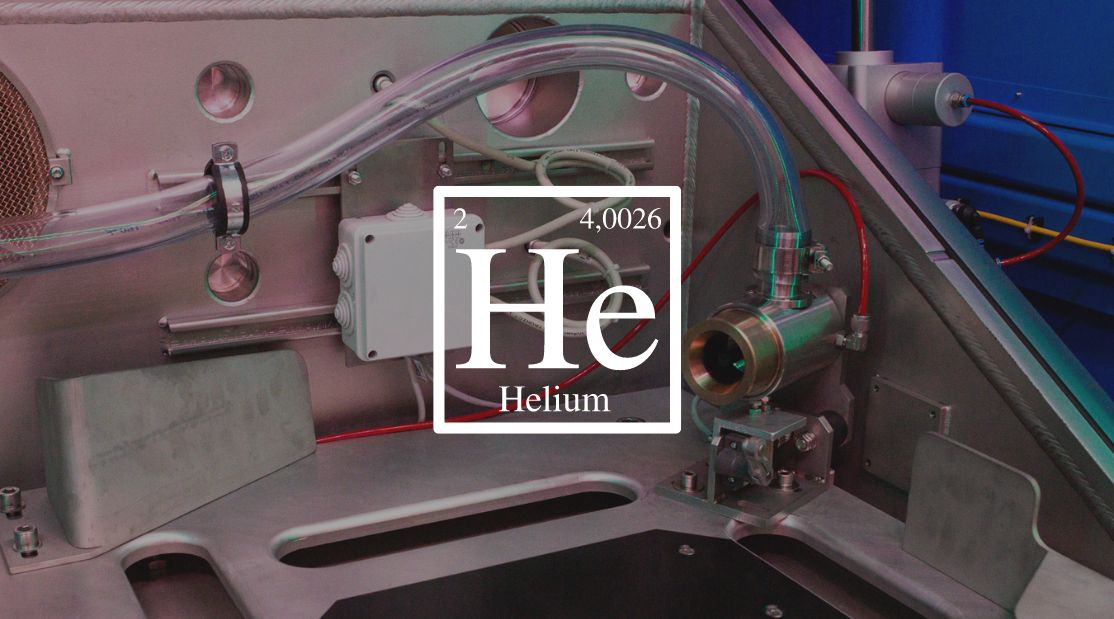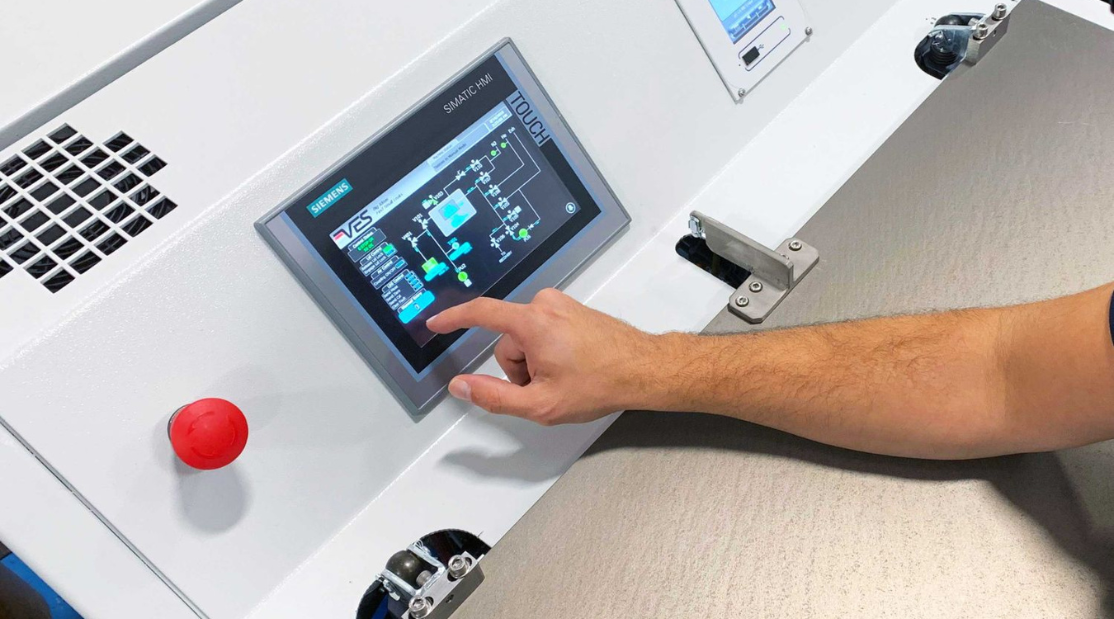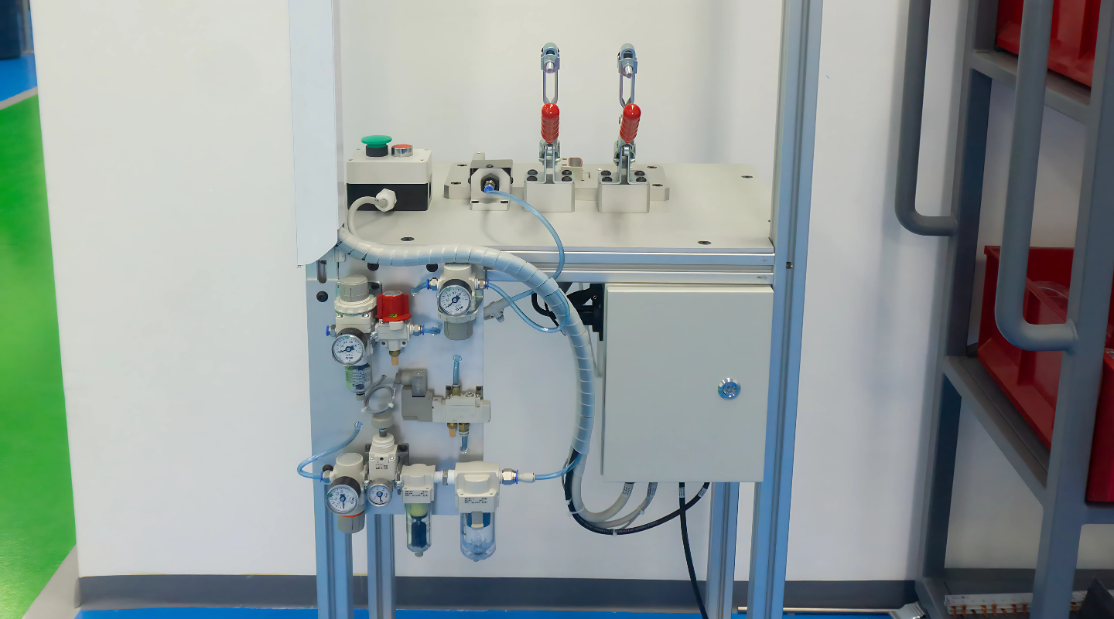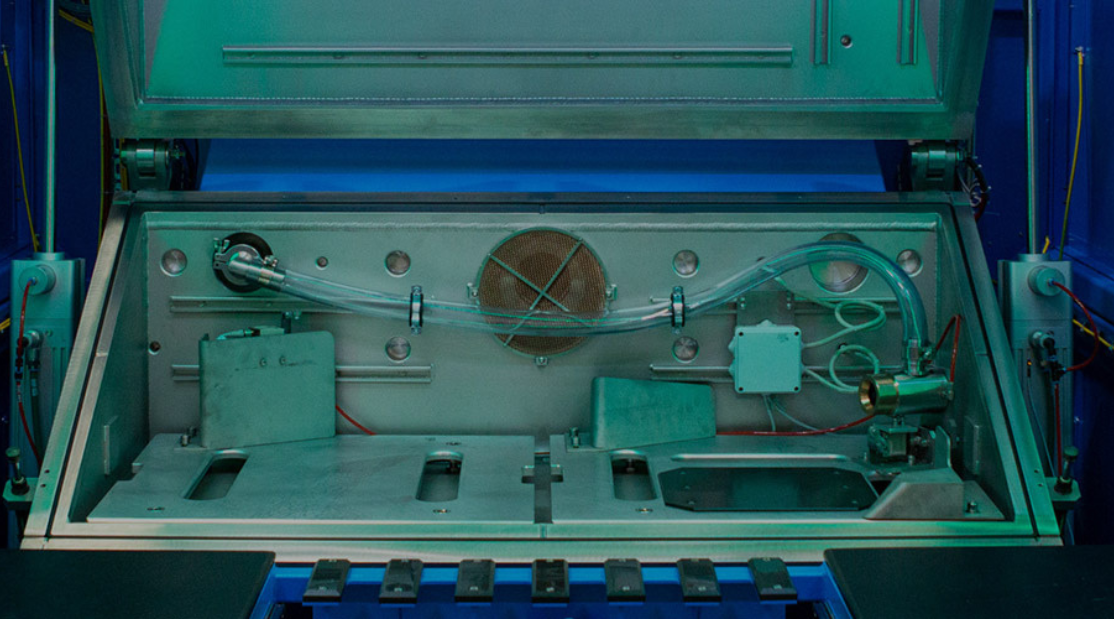This week we’re discussing the escalating helium shortage as a matter of increasing concern for industries worldwide, particularly automotive manufacturers who rely on helium leak testing to ensure the safety and performance of their products.
Helium leak testing is a critical component in the production process, as it detects leaks in fuel systems, air conditioning units and other components that require airtight seals. With helium prices soaring and the supply becoming increasingly scarce, it’s now more important than ever for automotive manufacturers to adopt responsible helium conservation strategies.
In this article, we’ll delve into the significance of recycling and reusing test gases, and how advanced helium recovery and purification systems like VES PURE are paving the way for a sustainable future in leak testing.
Helium is an invaluable resource with unique properties that make it ideal for various applications, not just in the Automotive sector by the way, it’s used for cooling in MRI machines, maintaining a controlled atmosphere in scientific research, and also in aerospace. However, the kicker is, it’s a finite resource.
As helium reserves dwindle, prices surge, making it difficult for manufacturers to maintain high-quality leak testing standards without exceeding budget constraints.
This is where helium conservation through recycling and reusing test gases becomes essential.
Recycling and reusing helium not only reduces costs for automotive manufacturers but also contributes to the global effort to conserve this valuable resource. By implementing helium recovery systems, manufacturers can lower their helium consumption and reduce their dependence on fresh helium supplies.
Consequently, this leads to reduced operational costs and a more sustainable approach to helium usage in leak testing.
The PURE Helium Recovery and Purification System, developed by VES, is a groundbreaking solution that addresses the challenges of helium conservation in the automotive industry. Unlike traditional recovery systems that struggle with compatibility issues and require extensive downtime for implementation, the PURE system is designed to be flexible and easy to integrate with existing leak testing machines.
VES’ PURE system recovers helium from any leak test machine and purifies it to a much higher concentration than other recovery solutions, ensuring that even low leak rate tests can be run at high efficiency without compromising the test parameters. This plug-and-play system eliminates the need to shut down production for days, allowing manufacturers to start boosting line profitability immediately.
Compatibility is a key concern when it comes to helium recovery systems. So, if you are considering Helium recovery as a viable option then you’ll be wanting the integration to be seamless. This is why we designed our PURE system to work flawlessly with any helium leak testing machine, using helium at less than 3 bar. And, if you are going down the conservation route via recovery and purification, you’ll certainly want something that can quickly be transferred between lines, to meet the needs of your production. We looked at the best ways to maximise helium recovery and purification, utilising efficiency and cost-effectiveness, and this led us to include portability as a key feature of our system.
Unlike other recovery systems, VES PURE does not necessitate changes in the machine’s pre-evacuation levels, which means there’s no need to drastically alter cycle times to save helium. Additionally, the PURE system can accept helium mixed with air or nitrogen at 70% and purify it to the required machine input pressure and concentration, making it a versatile and efficient solution for helium conservation.
So there you have it. The adoption of helium conservation strategies, such as recycling and reusing test gases, is essential for automotive manufacturers to remain competitive and sustainable in the face of the ongoing helium shortage. By investing in innovative helium recovery and purification systems, manufacturers can significantly reduce their helium consumption, cut operational costs, and contribute to global helium conservation efforts. By prioritising responsible helium usage, automotive manufacturers can ensure the continued availability of this hugely important resource for future generations.




